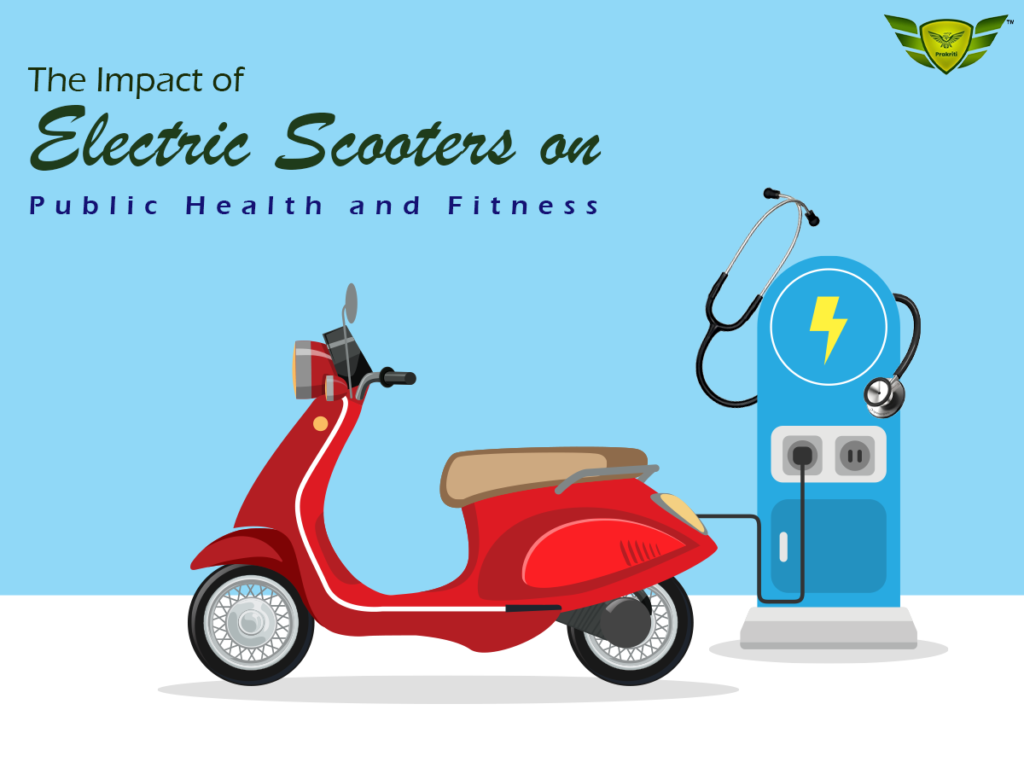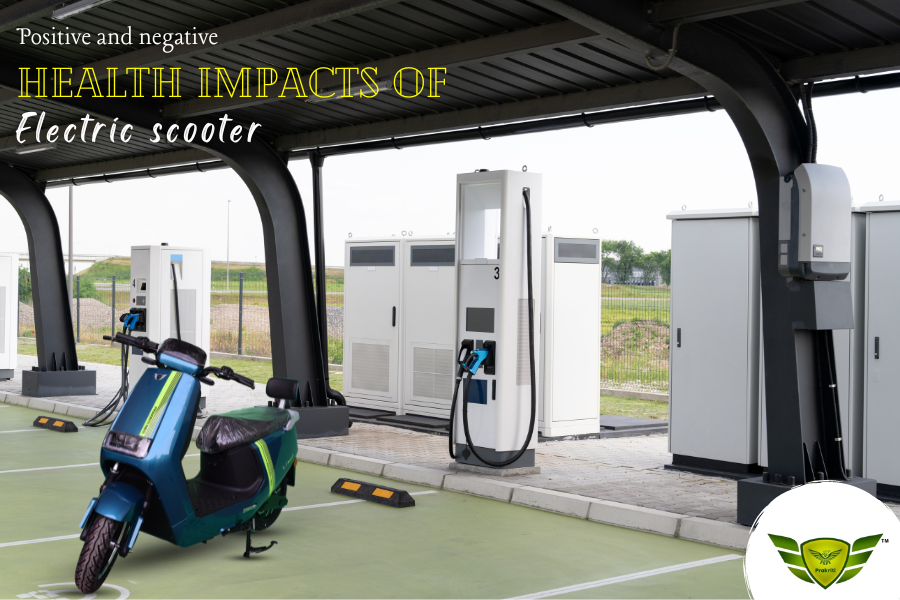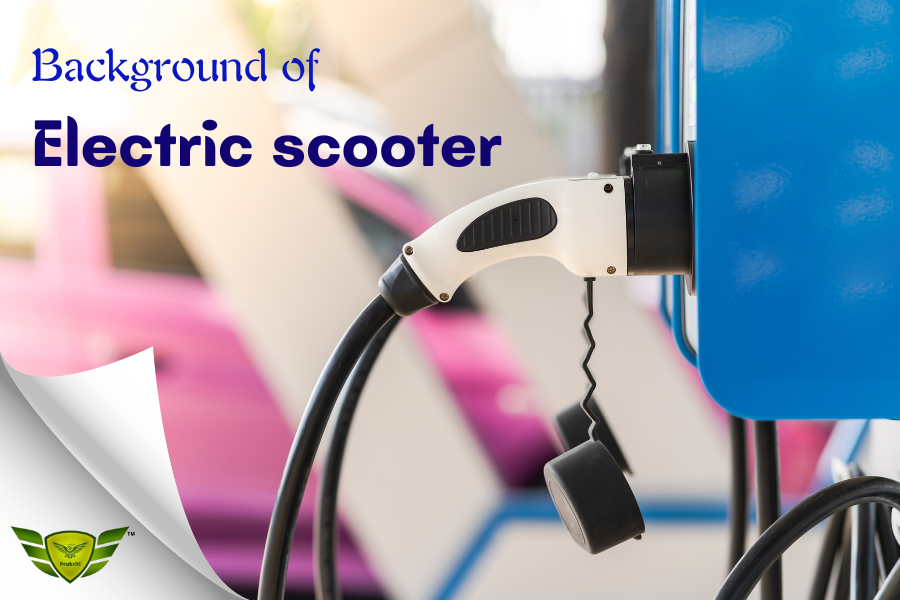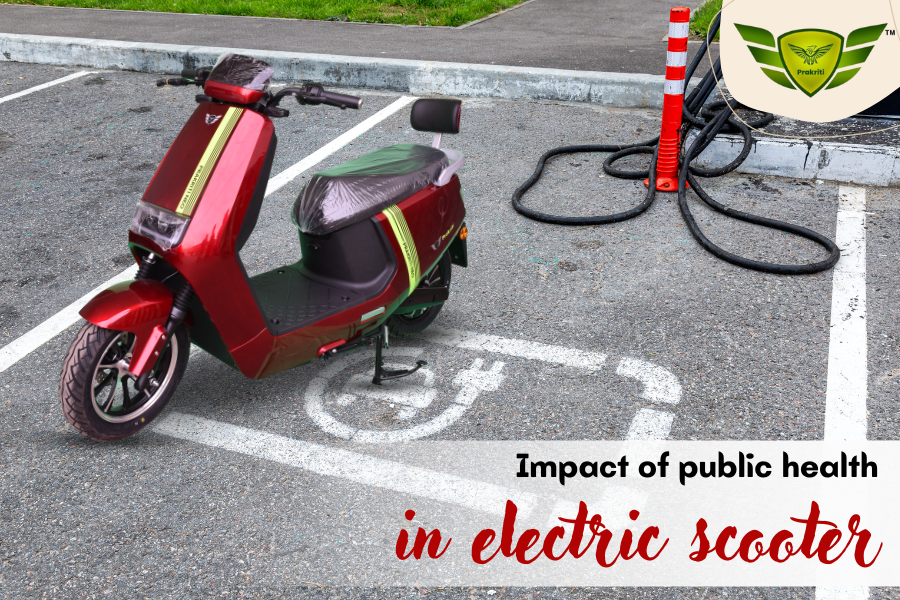The Impact of Electric Scooters on Public Health and Fitness
Table of Contents
Toggle
In cities, electric scooters, or “e-scooters,” are becoming a more and more common mode of transportation. Although most of the study on this subject has concentrated on injuries, e-scooter sharing schemes may have an impact on health through a variety of ways. This study aims to investigate how e-scooter users behave in relation to their health and to talk about the consequences of those findings for the impact of electric scooters on public health. An online survey sent to registered e-scooter users was used to gather data. 1070 users in all finished the survey.
To ascertain variable dependent relationships and equality of proportions, descriptive variable statistics and chi-squared analysis were used. The most often mentioned destinations were home, dining/shopping, and “just riding around for fun.” In the event that e-scooters were not available, the two most popular forms of transportation that people would have utilized are walking (43.5%) and driving their own car (28.5%). There was an equal mix of riding on the sidewalk, the roadway, and in equal portions of both. Provo’s e-scooters probably have an impact on health that is both beneficial (air pollution, for example) and detrimental (injuries, lack of exercise). Subsequent investigations ought to go deeper into the usage patterns of e-scooters and specifically look into the connections between e-scooters and health outcomes that go beyond injuries. The impact of electric scooters on public health is equal mix conclusion in every eye.
Positive and negative health impacts of electric scooter:

Academic and policy circles are becoming more conscious of the intimate connections between urban mobility practices and health. Stand-up electric scooters, often known as e-scooters, are a relatively new kind of micro-mobility for urban areas. They are two-wheeled vehicles with a small electric engine and a thin deck that can be used by one person. They have the potential to have both beneficial and bad health effects. Although there is little study on the health effects of e-scooters, given how quickly the impact of electric scooters have gained popularity in the US and other countries over the past three years, the subject deserves more investigation.
Understanding e-scooter users and their usage patterns in greater detail is the first step towards improving our comprehension of the real benefits and drawbacks of e-scooters for health .The answers to issues about user behaviour, such as using e-scooters for commuting instead of leisure, and adhering to safety laws, will determine the possible health effects of these devices. There are still significant knowledge gaps even if the impact of the electric scooters is vast.
Investigation of the impact of electric scooter:
This study aims to investigate the impact of the electric scooter’s health-related behaviours of Provo, Utah e-scooter users four months following the implementation of an e-scooter share program. Against the backdrop of numerous evidence gaps, this study focuses on four important research questions: Why do people ride e-scooters? Where do people ride e-scooters? What other form of transportation would people use if they didn’t ride e-scooters? How much do e-scooter users know about and abide by safety regulations?
According to users of e-scooters, what program or policy adjustments might enhance Provo’s e-scooter sharing scheme? We see potential for policy change based on our research, which will enable the good health effects of e-scooter use in Provo and other places. Additionally, given they take into account the wide range of potential health effects and impact of electric scooters, we aim to inspire academics and policymakers to pursue a deeper knowledge of patterns of use in various circumstances.
Background of electric scooter:

In September 2017, shares an impact of electric scooters programs made their debut in Santa Monica, California, and are currently available in over 80 cities and 26 states throughout the nation. In the United States, 38.5 million trips were made on shared e-scooters in 2018. Lime and Bird, two of the biggest e-scooter businesses, were recently valued at more than $2 billion apiece. The competitive e-scooter sector, expected to grow to be a $42 billion industry by 2030, has seen the entry of numerous new businesses, including ride-sharing behemoths Uber and Lyft. However, there is some indication that the COVID-19 outbreak may have contributed to a decline in ridership in recent months.
A private company enters into a deal with local government officials to be an impact of electric scooters on public streets and make them available for short-term rental, albeit there are variances throughout programs. This is the general structure of e-scooter share arrangements. Prospective customers download a mobile app to start, stop, and pay for their e-scooter rides in addition to viewing the real-time locations of the scooters that are available. Usually, users must pay a one-time rental price plus an extra cost for each minute they use the e-scooter. When riders arrive at their final destinations, they exit their e-scooters, making them available to other users. E-scooters that are part of municipal share programs normally have a range of 15 to 20 miles and a maximum speed of 15 miles per hour.
Why the impact of electric scooters is appealing?
There are several reasons why the impact of electric scooters is appealing? E-scooters provide a pleasant, economical, and practical mode of transportation for users in place of cars, bikes, and walking. e-scooters are widely utilized for leisure as well as commuting. In the eyes of municipal governments, e-scooters are a novel mode of transportation that can assist in bridging the “last mile” gap—a frequent barrier to transit use—by linking users with public transportation hubs. Another ecologically responsible way to lessen traffic congestion in cities is by using e-scooters.
Additionally, the fact that e-scooter businesses pay fees that enable government agencies to enhance infrastructure for electric vehicle riders may make e-scooter programs appealing to local politicians because they typically do not require government funding to initiate or sustain. Because they make it easier to access enterprises located in urban areas where parking is limited and motor vehicle travel is more challenging, e-scooters may potentially be a role in economic development. This is way impact of electric scooters made a mindset, specifically the urban people.
While state and local governments have struggled to implement proper laws to handle the impact of electric scooters share programs, some localities have embraced e-scooters with open arms, while others have avoided them. States and municipalities have significantly different e-scooter legislation, such as those pertaining to wearing helmets, riding on sidewalks, and operating hours. Due to the fact that many state legislatures have not addressed the use of e-scooters specifically, local governments have assumed the majority of regulatory duty by seeking to control the use of e-scooters through city legislation. Municipalities may be held accountable for injuries caused by e-scooters due to the complex liability problems that e-scooters raise.
Impact of public health in electric scooter:

E-scooter-related injuries are a serious public health concern and have been the subject of the great majority of academic study on e-scooters too far. Numerous studies conducted both domestically and internationally have discovered a significant frequency of injuries associated with scooter use, namely head and limb trauma, following the implementation of e-scooter share schemes. There is even some evidence to suggest that the impact of electric scooters may have a higher injury rate than motorbikes and private automobiles. Poor road conditions or excessive speeds cause falls and collisions with objects—rather than motor vehicles—to cause the majority of injuries. Additionally, complaints of burns brought on by battery explosions have been made. At least nine documented deaths in the US have been connected to e-scooter use.
Reason behind frequency of electric scooter accident:
The frequency of e-scooter injuries is caused by a number of factors, including incompatible infrastructure (such as a lack of bike lanes), a lack of directional tools (such as turn signals and headlights) on e-scooters, inexperienced riders and age-restrictive behaviour, breaking traffic laws, drinking alcohol, and a reluctance to wear helmets. According to recent research, the percentage of injured e-scooter riders who wear helmets ranges from 0% to 8% in the majority of the studies. Furthermore, e-scooter riders frequently ride and park on sidewalks despite legislation preventing them from doing so, which can result in injury to both users and pedestrians.
According to one study, 44% of incidents were on sidewalks where riding was forbidden. Other studies have shown that pedestrians are involved in only 10% of all e-scooter-related injuries. Elderly people, those with hearing impairments, and small children are among the vulnerable groups that are more likely to sustain injuries on sidewalks. Children under the age of eighteen are involved in a sizable percentage of e-scooter injuries, even though most rental company policies forbid minors from riding. Numerous of these risks are associated with cultural norms and lax regulations, which may reduce consumers’ awareness of possible risks and encourage risky conduct. The impact of electric scooters is mix with the positive and negative effects in it.
Conclusion:
Injuries, air pollution, physical activity levels, and community severance are just a few of the ways that e-scooters, a relatively new public health concern, might have an impact on health. We must obtain a complete understanding of e-scooter users and their usage patterns in order to fully comprehend the impact of these devices on health. According to this study, the majority of e-scooter riders in Provo, Due to the majority of users’ ignorance of the rules that forbade e-scooters from being used on sidewalks, two-thirds of users rode on sidewalks at least occasionally. If e-scooters were not an option, about half of users would walk or ride bicycles, and about one-third would drive a personal vehicle.
The Impact of electric scooters are therefore probably affecting people’s health in both positive and negative ways. Future studies should be specifically tailored to investigate the connections between e-scooters and health outcomes other than injuries, such as community severance among marginalized communities or users’ levels of physical activity.
These studies could take the form of health impact assessments. To assess the effectiveness of laws and other initiatives aimed at lowering injuries associated with e-scooters, research is also required. The impact of electric scooters programs requires careful consideration and evidence-based approaches in order to guarantee future improvements in community and public health.
Corporate Office
17 Floor, Room No. 10 Chatterjee International Centre 33A, Jawaharlal Nehru Road Park Street Area, Kolkata West Bengal- 700071
Landmark- Beside Metro Bhavan
Customer Care Number
+91 93309 00485
aftersales@bigbullerickshaw.in

